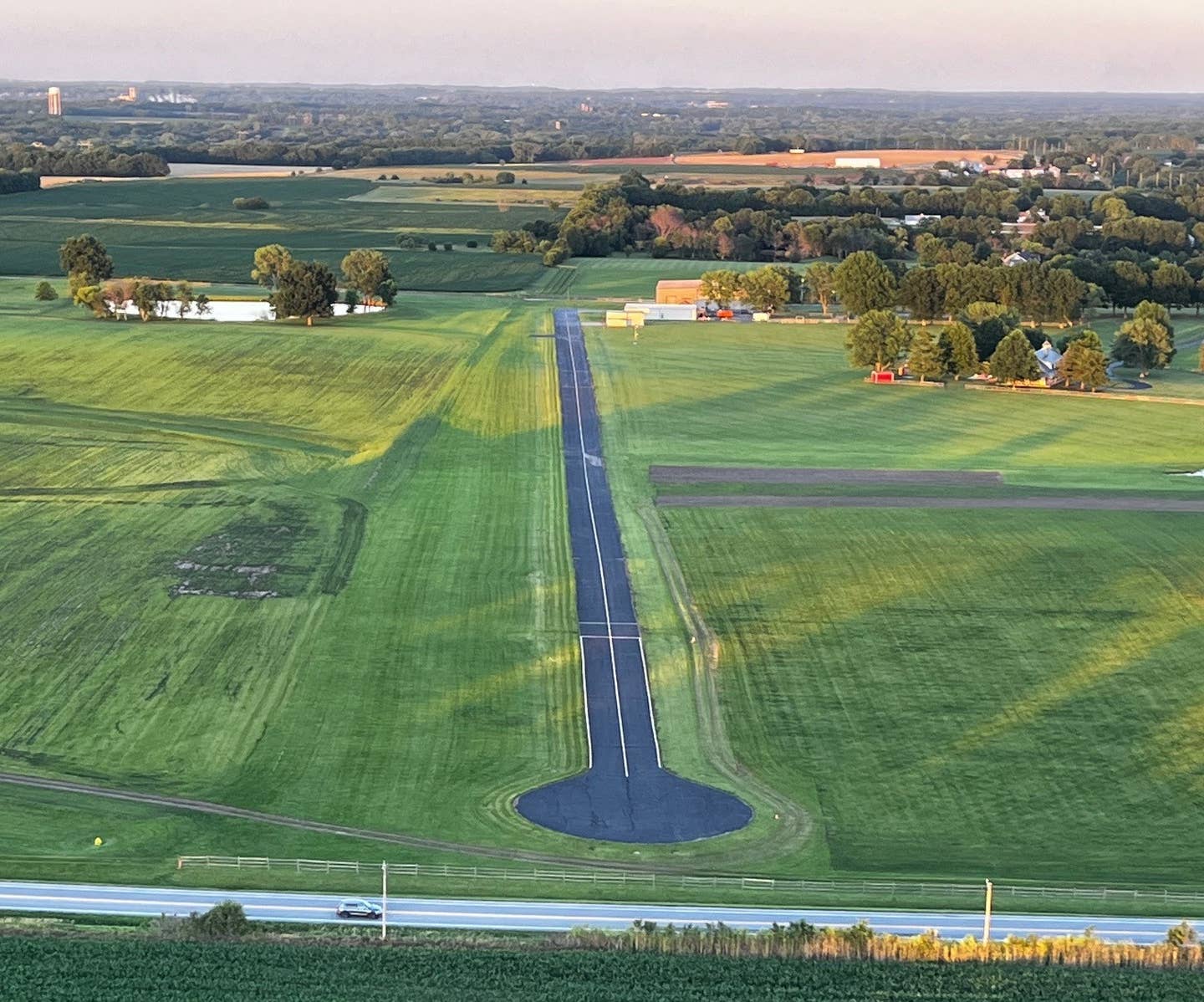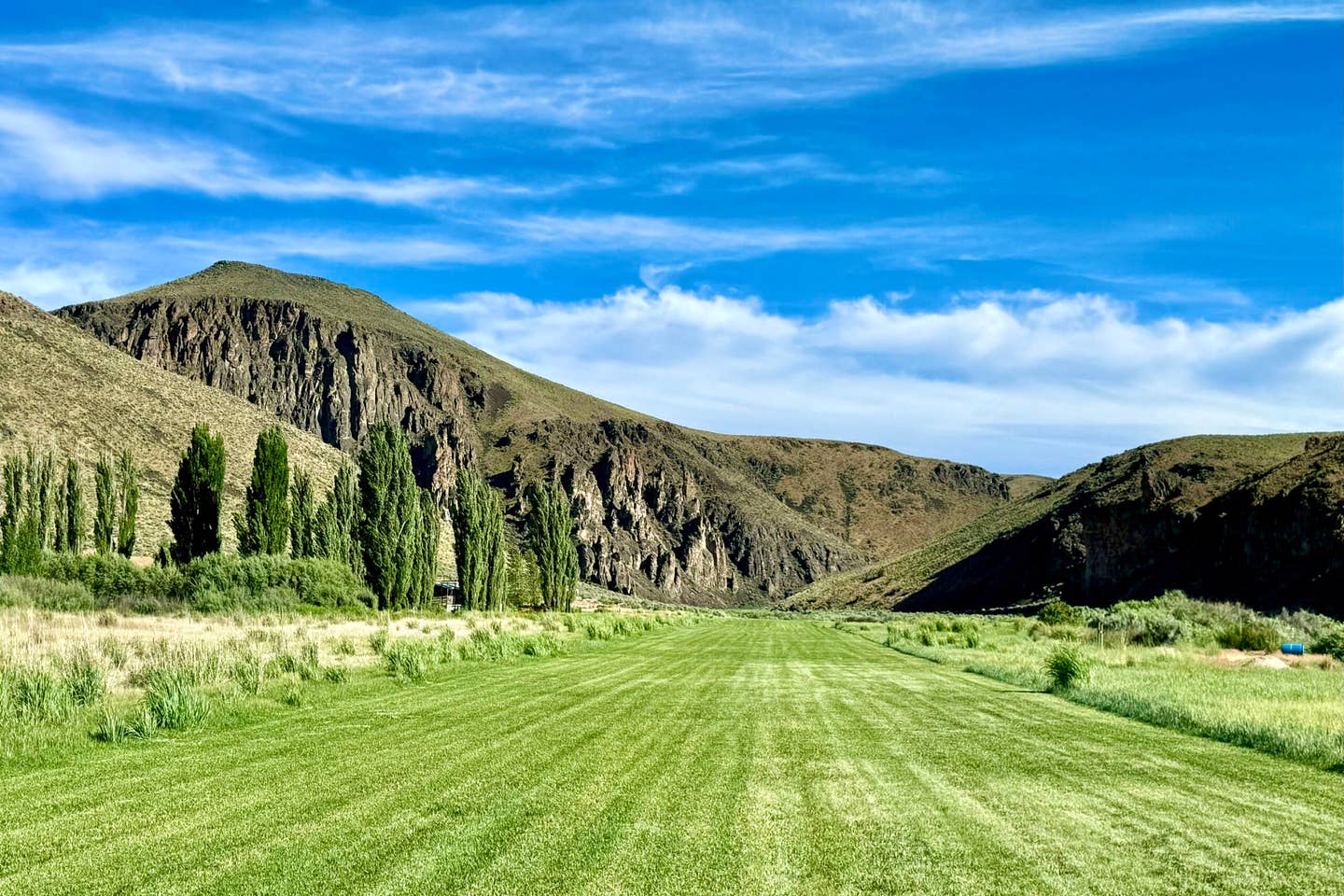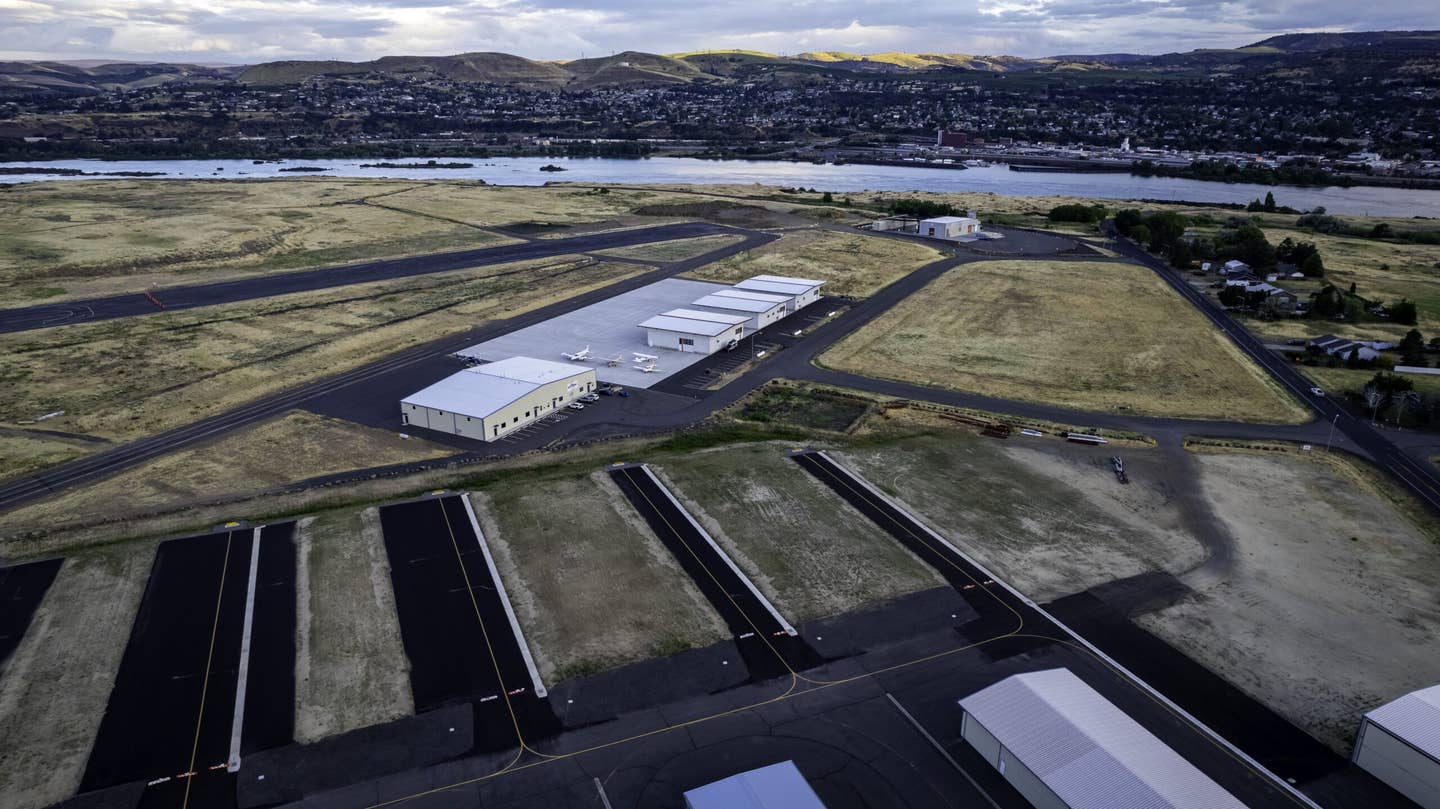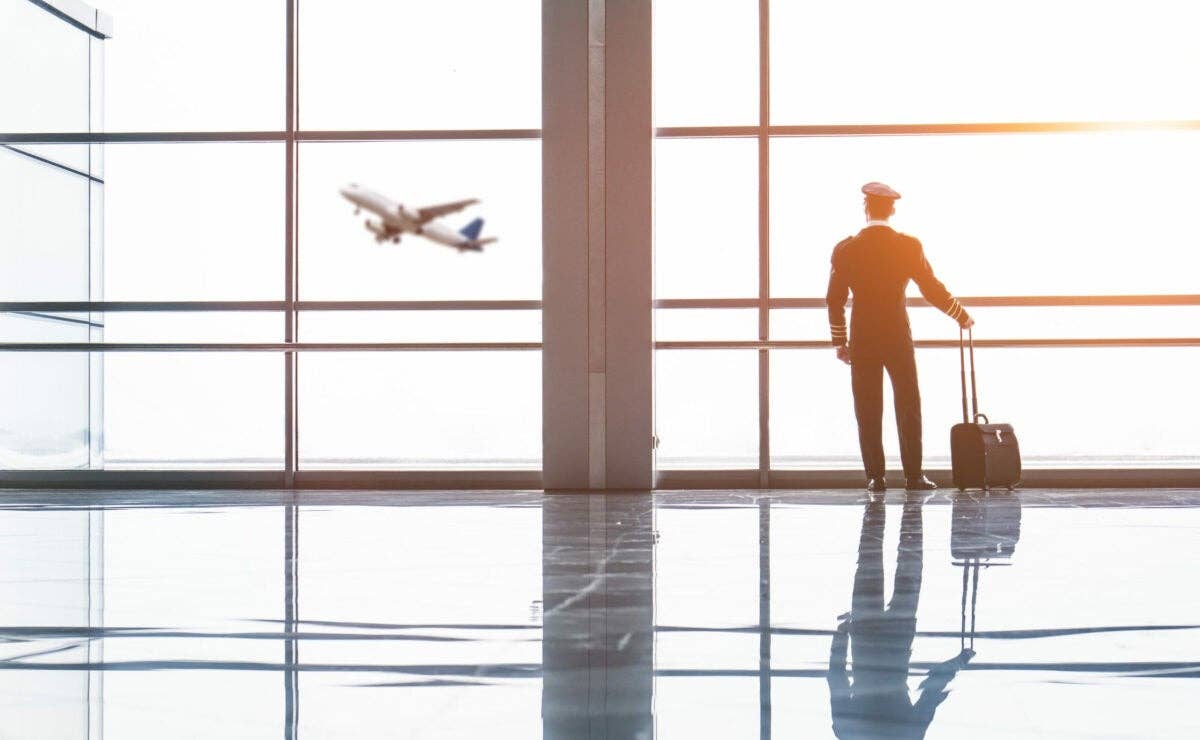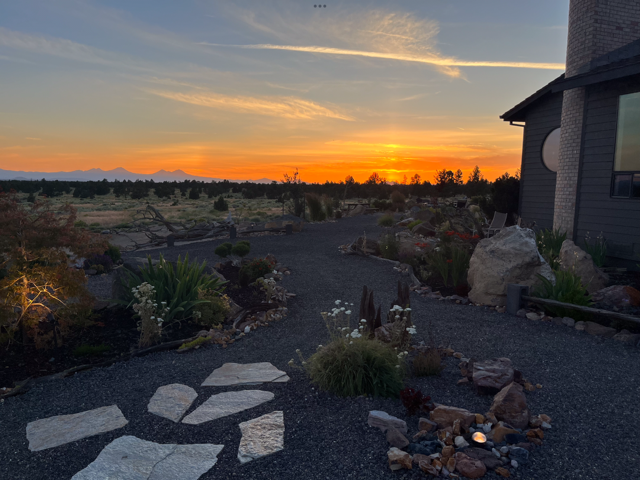New Orleans Is a GA-Friendly, Fly-In Locale
This center of culture and great cuisine in Louisiana represents an ideal place to start exploring the U.S. by air.
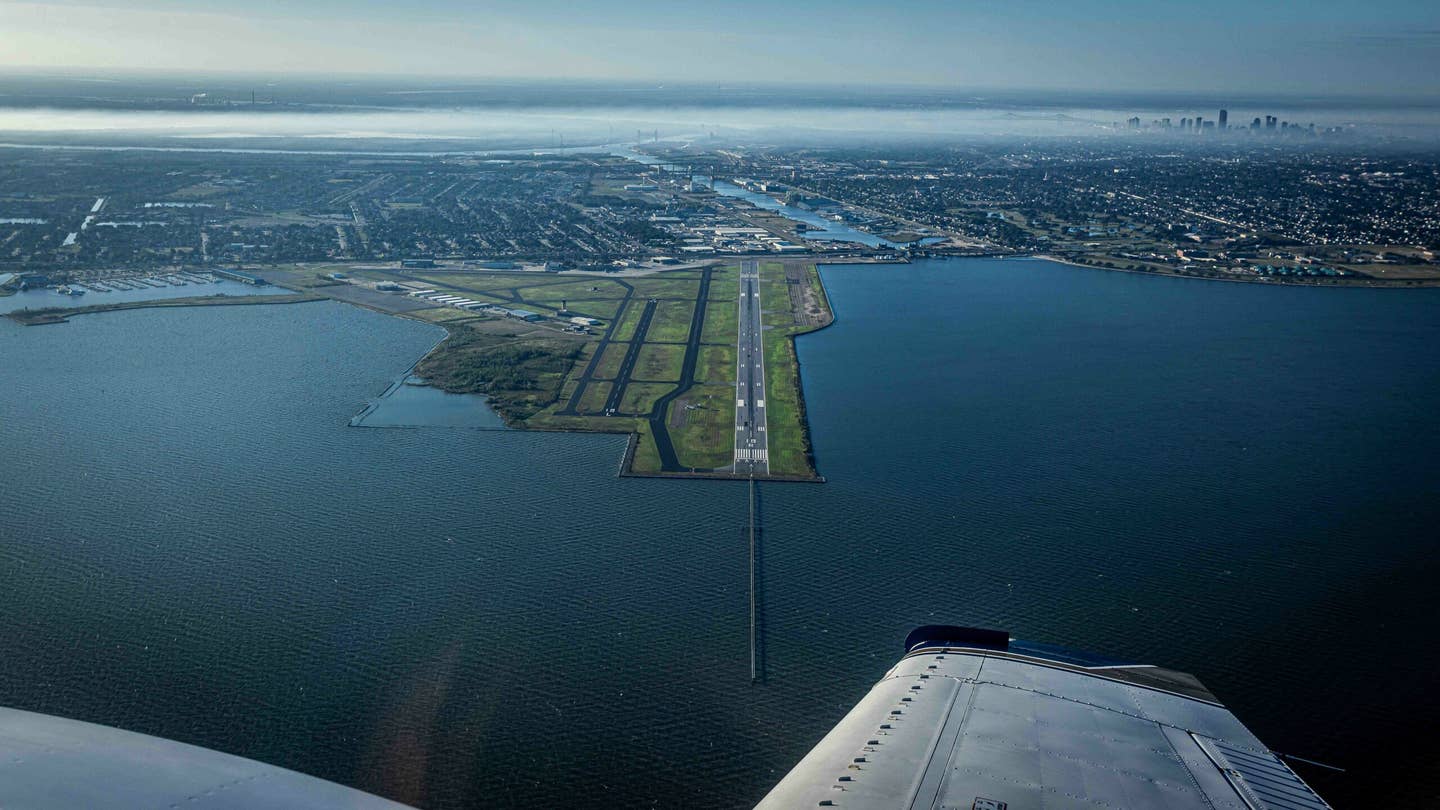
Aerial view of New Orleans Lakefront Airport (KNEW). [Stephen Yeates]
Traveling the U.S. in general aviation aircraft is an absolute joy, in part because the nation’s vast network of small municipal , state, and regional airports offers easy access to interesting, out-of-the-way places we would be unlikely to reach by any other means.
There also are plenty of popular, bustling , must-see cities that airlines serve regularly. But it would be a lot more fun to visit them in your own airplane on your own schedule, right? I know that approaching certain high-traffic destinations such as Boston, Chicago, and Los Angeles might feel challenging or even forbidding , especially for VFR pilots not accustomed to speaking with controllers and navigating busy airspace full of commercial jets.
If you're not already a subscriber, what are you waiting for? Subscribe today to get the issue as soon as it is released in either Print or Digital formats.
Subscribe NowIf you want to explore the U.S. by air, though, you will have to traverse a lot of Class B airspace to get to the smaller surrounding airports that make those cities truly accessible. Allow me to recommend an ideal place to start: New Orleans.
New Orleans Appeals
People may think of New Orleans as a small city, but that label is deceptive. While you can tour the place on foot, the cityscape flows and meanders into so many distinct, engaging neighborhoods and districts that it can seem overwhelming to visitors who fail to plan thoughtfully or try to fit everything into a few days.
There is a lot to see, hear, and eat in New Orleans— more than many visitors expect. I suggest planning at least a three-night stay with a promise to return next year to catch up on what you missed. From the Garden District to the Commercial District to the world-famous French Quarter, you are bound to leave something for which you’ll want to return.
For any pilot flying themselves in, the city is especially attractive because of its inviting, interesting airports and GA-friendly airspace.
You gain a unique perspective from the air, and by carrying a map of the city next to your charts, you will be ready to conduct an aerial reconnaissance that can keep you from getting lost on the ground later.
Getting There
While I would have loved flying my own aircraft the 1,000 nm to New Orleans from my home airport in Sussex, New Jersey (KFWN)—and doing so would have been a great stride in my effort to log 100 hours in 2023—many factors kept that from happening.
Our window for making the trip overlapped only partially with a similarly short period of acceptable weather forecasts, and Annie, my Commander 114B, would be in for her annual that week.
- READ MORE: Flying the Truckee-Lake Tahoe Region
We really are fortunate to have airlines standing by as Plan B. We flew into Louis Armstrong New Orleans International Airport (KMSY) and drove to Lakefront Airport (KNEW), the Class D field we would use on our GA reconnaissance flight.
There we met Patrick Box, a flight instructor with Gulf Coast Aviation, a flight school based at Lakefront, who had agreed to take us up for a photo flight and tour of the city.
The Airport
A peek at a sectional chart hints at the treat you are in for when landing at Lakefront. On approach the field looks almost like an aircraft carrier docked in the harbor, its deck stretching northward into Lake Pontchartrain. An art deco terminal dominates the ramp and makes the airport easy to spot.
The architectural style and manner in which the ramp and runways fan out from the terminal lets would-be historians know the airport is a product of aviation’s golden age. You also can tell that it was the area’s primary airline hub at the time.
- READ MORE: Chart Wise: New Orleans VOR DME 36L (KNEW)
Originally called Shushan Airport, the field opened in 1934 and was considered, locally at least, to be the “Air Hub of the Americas,” according to airport officials. The design is credited to the same architectural firm responsible for the Louisiana state capitol building.
For many years, the terminal was a local dining and social destination as well as an air travel hub. As the structure aged, though, it was subjected to numerous indignities. During the 1960s, its exterior was covered with concrete panels, and the interior balcony that surrounds the first floor was enclosed to form offices.
When Hurricane Katrina hit in 2005, several feet of water flooded the building. Preservation groups saved and gradually restored the terminal, and now it is in its glory, as if unchanged in nearly 90 years. It is easy to imagine Douglas DC-3s boarding passengers outside.
‘Big Easy’ from Above
On this day, though, we would embark on a smaller piston twin, a Beechcraft Baron 55 that Box uses for multiengine training. Winds were out of the north, and the tower cleared us for takeoff on Runway 36L. Lakefront is under the shelf of KMSY’s Class B, so GA pilots flying around the city are quickly handed off to New Orleans Approach. That is nothing unusual except that the controllers seemed extremely calm, agreeable, and forgiving compared with what I am accustomed to in the Northeast.
Instead of shooing us away, they encouraged us to fly around close to the “Big Easy” for as long as we wanted. While operating around larger Class C and Class B international airports demands a lot, it also rewards those who persevere in the face of apprehension.
“Just give us a call when you’re done,” the controller said as we descended to 1,000 feet to traverse the VFR corridor over the Mississippi River. This arrangement is similar to the Hudson River route through New York City, except that the Mississippi winds sharply through New Orleans, giving the flight a tactical feel—thrilling. If you keep a map of the city next to your chart, it is easy to mentally plan out the neighborhoods you want to visit later.
Flying with a local pilot turned out to be an ideal introduction to the city from aloft. Box was familiar with the area and pointed out many significant sights that we might have missed, like the old forts that stand guard where the river and lake meet. We flew over Fort Pike and Fort Macomb, sister structures meant to defend Lake Pontchartrain from invasion. They were built between 1819 and 1826 after the Battle of New Orleans during the War of 1812 exposed weaknesses in the city’s defenses. Today, both forts are ruins, but Pike is sufficiently intact to be a historic site that tourists can visit. Macomb is inaccessible and better viewed from the air.
From the legendary Caesars Superdome and skyscrapers downtown and shipping terminals along the river to the expansive marshland that borders the city, we felt like we covered the whole place within an hour. The flight made it easier to navigate once we started walking.
Leaving the airport might be the hardest part, because the terminal is a photographic bonanza. All of those deco details—including illuminated signs and a wooden telephone booth—make for wonderful keepsake photos or 'grams. Do not leave without stopping for lunch at the terminal restaurant, Messina’s Runway Cafe.
There are other airports in the area with easy access to the city, including Port of South Louisiana Executive Regional (KASP), Hammond Northshore (KHDC), and St. Tammany Regional (L31). But Lakefront is such a special place that missing it would make the visit incomplete. If you do not land there, do make a point of visiting the terminal.
Into the City
Known for festivals such as Mardi Gras, jazz, food, and the French Quarter, “NOLA,” as the place is known affectionately, is no theme park. This real working city happens to be packed with history and culture from end to end.
While you have heard about Bourbon Street and other tourist epicenters around town, the lesser-known enclaves might be the most memorable. Travelers should make a point of visiting as many of the distinct neighborhoods as time allows.
Starting with the French Quarter, visitors can take in historic architecture that stretches back 300 years and landmarks from St. Louis Cathedral to Jackson Square. Walking is the best way to see this area and take in the sights, sounds, and shops along Bourbon Street, Royal Street, and others that make up the neighborhood’s tight grid.
Cross Rampart Street from the French Quarter to enter Treme, which is known as the oldest African-American neighborhood in the U.S. Landmarks include Louis Armstrong Park, named for the famous trumpeter and singer, and Congo Square, where enslaved people used to meet to play music thought to be the genesis of jazz.
The city’s streetcar will take you to Uptown, where sights include mansions, estates, and gardens. This is where you will find Audubon Park, the Audubon Zoo, Lafayette Cemetery No. 1, and other historic attractions. This is another ideal area for walking or bike tours.
A Bonus for Pilots
Crossing into the central business district, or CBD, you will find modern skyscrapers, shopping areas, and hotels. Aviators will be happy to spot the National World War II Museum, with exhibits including numerous aircraft, vehicles, weapons, and more.
If you pictured DC-3s at the Lakefront airport, you will be pleased to find a C-47 version in D-Day markings hanging in the museum lobby. Other airplanes strung dramatically from the ceiling include a North American P-51 Mustang, Supermarine Spitfire, Messerschmitt 109, and Boeing B-17 Flying Fortress.
Some of the aircraft in the collection are largely complete and closer to airworthiness than others, which might be missing their engines and other vital-but-hidden parts. The C-47 that hangs overhead as you enter the ticket line and sits at eye level when viewed from the second-floor balcony looks like it could have just flown back from Europe.
One of the museum docents told me the aircraft arrived in pieces, and when volunteers assembled it for display, they did not drain all of the oil from one of its engines. So the old Pratt & Whitney R-1830s dripped every so often, for years, sometimes narrowly missing visitors— and sometimes not.
I think those radials would start if given the spark again. It’s not hard to contemplate such rich history in a town like New Orleans.
New Orleans Lakefront Airport (KNEW)
Location: New Orleans
Airport Elevation: 7.3 feet msl (give or take)
Airspace: Class D
Airport Hours: Continuous
Runways: 18R/36L, 18L/36R, 9/27
Lighted: Yes, all runways
Pattern Altitude: 1,000 feet msl for all traffic
This feature first appeared in the January-February 2024/Issue 945 of FLYING’s print edition.

Subscribe to Our Newsletter
Get the latest FLYING stories delivered directly to your inbox


